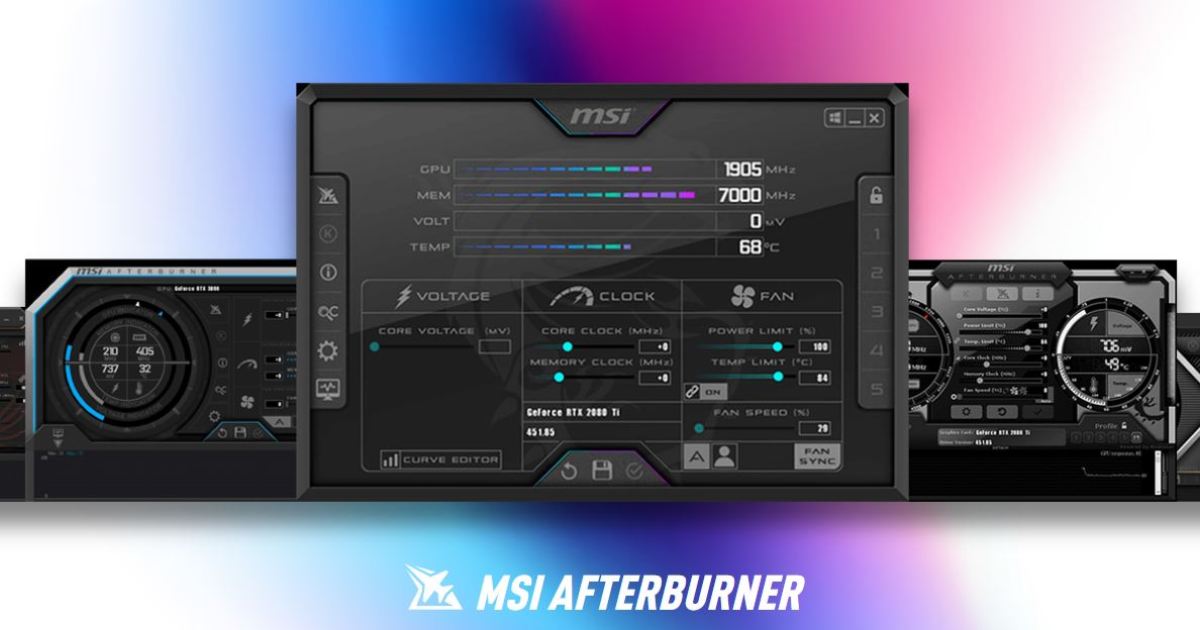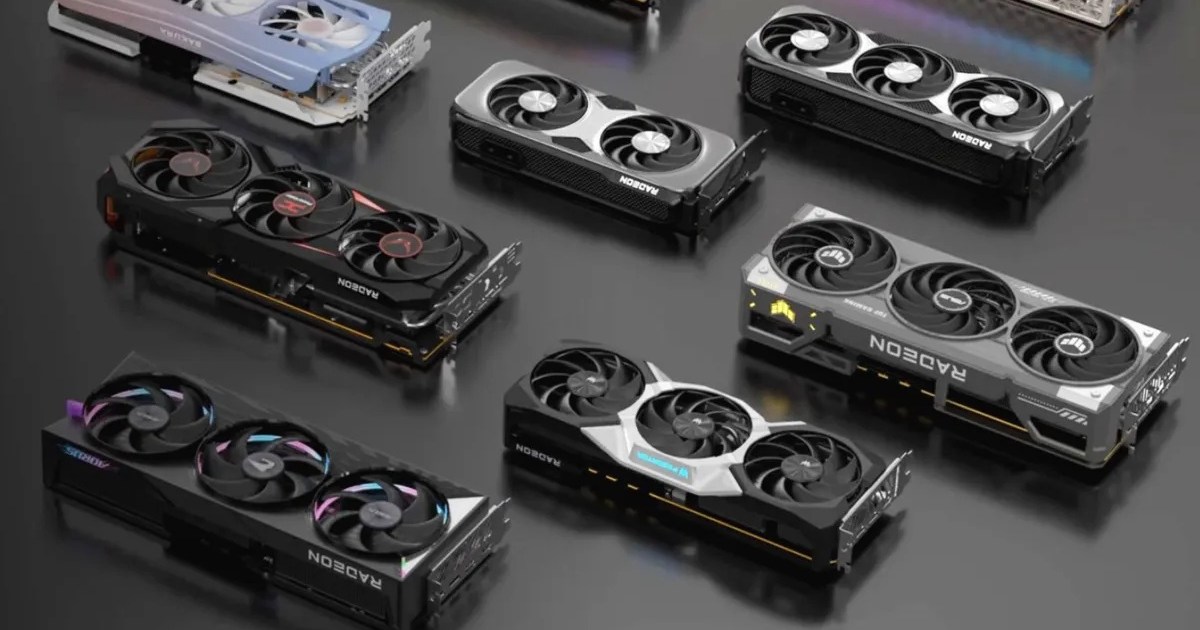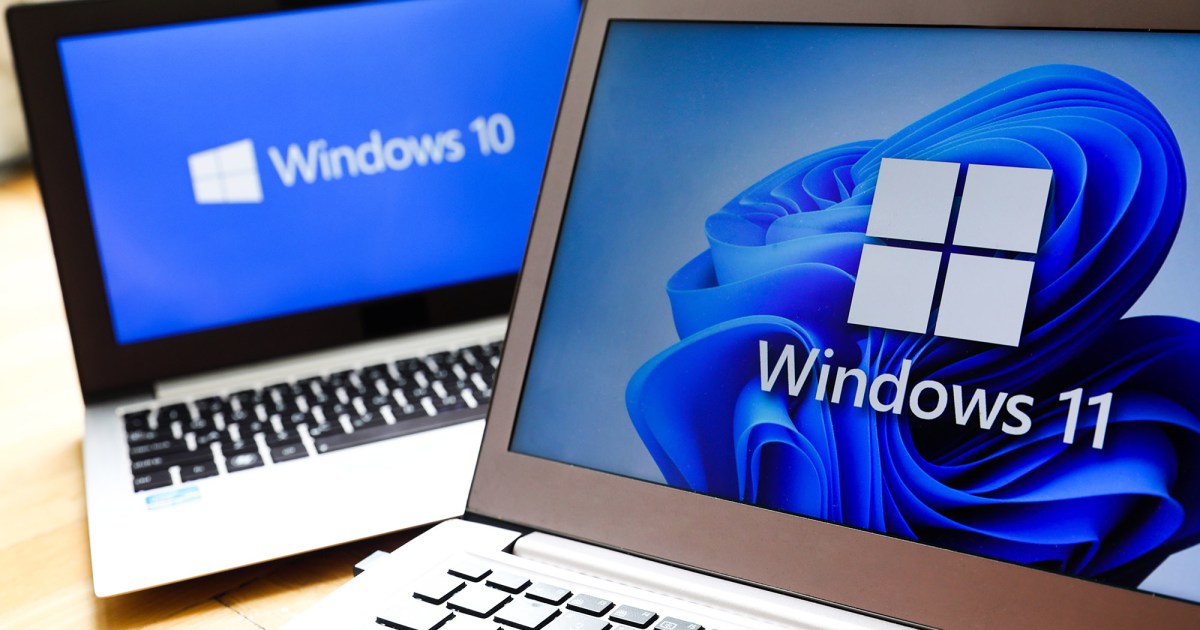The popular graphics card monitoring and overclocking utility, MSI Afterburner, has released a beta update empowering owners of Nvidia’s RTX 50-series GPUs to overclock their GDDR7 memory by up to 10%. This exciting development pushes data transfer rates to an impressive 36 gigatransfers per second (GT/s), exceeding Nvidia’s standard specifications.
Boosting GDDR7 Memory Performance Beyond Factory Settings
Nvidia’s RTX 50-series graphics cards boast GDDR7 memory modules rated between 28 GT/s and 32 GT/s. However, to prioritize stability and longevity, Nvidia often sets default data transfer rates slightly lower – 28 GT/s for most models and 30 GT/s for the RTX 5080. The latest MSI Afterburner update breaks these factory limitations, enabling enthusiasts to unlock the full potential of their hardware and achieve maximum performance.
Accessing Higher Overclocking Capabilities
Utilizing this new feature requires replacing a specific database file within MSI Afterburner version 4.6.6 Beta 5 Build 16555. This modification expands the memory clock adjustment range, paving the way for higher overclocking capabilities. Comprehensive instructions and the necessary files are readily available on the Guru3D forums, courtesy of Unwinder, the developer behind MSI Afterburner. Click here to access the Guru3D forum thread.
Navigating the Risks of Overclocking
While this update opens doors to significantly higher memory speeds, it’s crucial to acknowledge the inherent risks of overclocking. Memory controllers might not be designed for sustained operation at these elevated speeds, potentially resulting in system instability or a shortened hardware lifespan. Users are strongly advised to proceed cautiously and implement adequate cooling solutions to manage the increased thermal output associated with higher memory frequencies.
Maximizing RTX 5080 Performance
This development holds particular significance for RTX 5080 users, whose cards are equipped with 32 GT/s memory modules but are downclocked to 30 GT/s by default. The update allows them to fully utilize their hardware’s potential, achieving data transfer rates that surpass the original specifications.
MSI Afterburner vs. Alternatives
While MSI Afterburner has long been the preferred tool for GPU overclocking, alternatives like Asus’ GPU Tweak III also support GDDR7 memory overclocking on RTX 50-series cards. However, this latest update reinforces MSI Afterburner’s position as a versatile and powerful utility for enthusiasts seeking to push their graphics cards beyond factory limits.
Proceed with Caution and Research
Overclocking offers the exciting potential of enhanced performance, but it’s essential to weigh this against the potential risks to system stability and component longevity. Users are encouraged to conduct thorough research and fully understand the implications before overclocking their hardware.
Ultimately, the decision to overclock rests with the user. With careful consideration and appropriate precautions, this MSI Afterburner update provides a compelling opportunity to unlock the full power of RTX 50-series GPUs.










